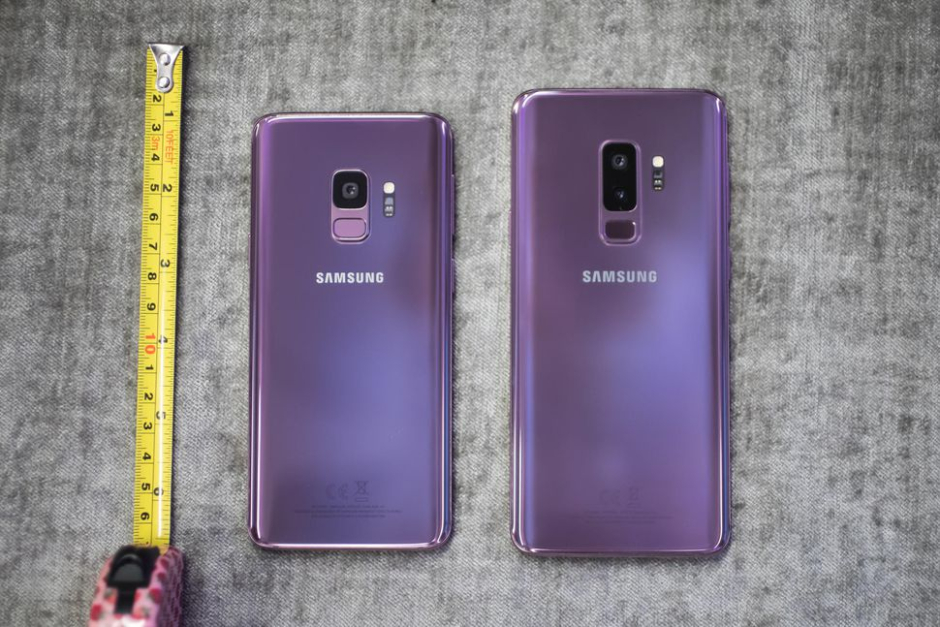Samsung released its S-series flagships, the Samsung Galaxy S9 and S9 plus last month. According to reports, the smartphones shipments surpassed 8 million units after launching last month. The report further discloses that despite the Galaxy S9 series being made available in more markets upon release then the previous flagship, it appears the new lineup’s appeal was not enough to significantly improve upon last year’s Galaxy S8 launch.
The Korean giant managed to ship a total of 8 million Galaxy S9 and S9+ units during the first 30 days of sales, the figure is almost the same as the shipments of last year’s Galaxy S8 series. Seeing these stats it appears the dual-camera setup on the Galaxy S9+ has converted the larger variant into the more popular device of the two, which will affect Samsung positively when it comes to total revenue.
The stats reveal that the 8 million shipments were made possible by many mobile markets in the world, roughly 2.8 million devices were sold to US consumers, while 1 million units were intended for South Korea. Although the stats are good, the popularity of Samsung’s latest flagships failed to surpass the record sold selling smartphones because of the launch of the Galaxy S7 and the larger Galaxy S7 Edge.

Samsung S7 and S7 Edge managed to achieve over 9 million shipments in their first month of sales back in March 2016 and eventually went on to achieve a total of 48 million device shipments over the course of twelve months till March 2017 until the launch of the Galaxy S8 and S8+. On the other hand, S8 Series reached just 41 million units in their first year of sales.
Seeing this year’s report, it’s expected for Galaxy S9 sales to gather pace throughout the rest of the year, reaching a total of roughly 45 million shipments. The company’s attempt to increase sales and maintain its market share will come at a cost, with a number of retailers already cutting the price of Galaxy S9 devices, which will decrease the company’s revenue. Even then the South Korean company is happy because this means it will continue to maintain its dominant position.

The Korean giant was forced to cut prices in order to maintain demand. With competition increasing day by day, from mid-range devices, Samsung may not be able to maintain its high prices much longer. Smartphone manufacturers such as Huawei’s P20 Pro offer significantly lower prices over Samsung’s flagships. In fact, some even consider these cheaper alternatives to be superior.
With the launch of Galaxy Note 9 expected to come at the end of summer, it shouldn’t be too long before consumers can see how Samsung chooses to price its future flagship releases in the increasingly tough smartphone market.

Do you own a Samsung smartphone? Let us know in the comments below.
-image courtesy CNET











